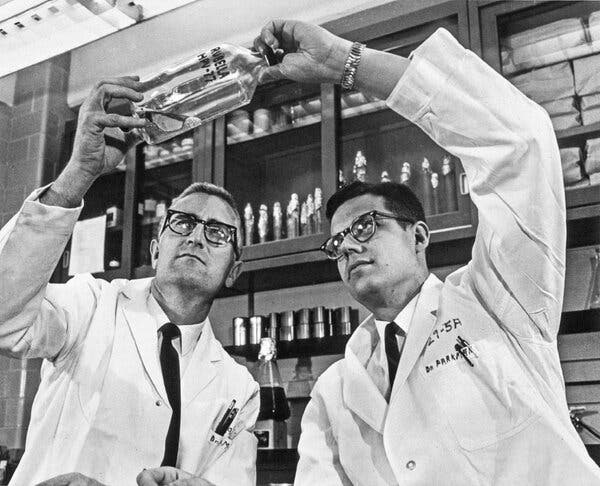He also identified the virus, which can cause infants to be born with severe physical and mental impairments as well as causing miscarriages and stillbirths.

Dr. Paul D. Parkman, whose research was instrumental in identifying the virus that causes rubella and developing a vaccine that has prevented an epidemic of the disease in the United States for more than 50 years, died on May 7 at his home in Auburn, N.Y., in the Finger Lakes region. He was 91.
The cause was lymphoblastic leukemia, his niece Theresa M. Leonardi said.
Rubella, also known as German measles because German scientists classified it in the 19th century, is a moderate illness for most patients, identified by a spotty and often itchy red rash. But in pregnancies, it can cause infants to be born with severe physical and mental impairments and can also cause miscarriages and stillbirths.
When Dr. Parkman was a pediatric medical resident in the 1950s at the State University Health Science Center (now the SUNY Upstate Medical University) in Syracuse, he once recalled, he anguished over showing a new mother her stillborn baby whose rash, he would learn later, probably resulted from the mother’s infection with rubella during pregnancy.
In 1964 and 1965, rubella — an epidemic that struck every six to nine years — caused about 11,000 pregnancies to be miscarried, 2,100 newborns to die and 20,000 infants to be born with birth defects.
That was the worst outbreak in three decades — and the last rubella epidemic in the United States. The disease was declared eliminated in the Americas in 2015, although the virus has not yet been eradicated in Africa or Southeast Asia.

